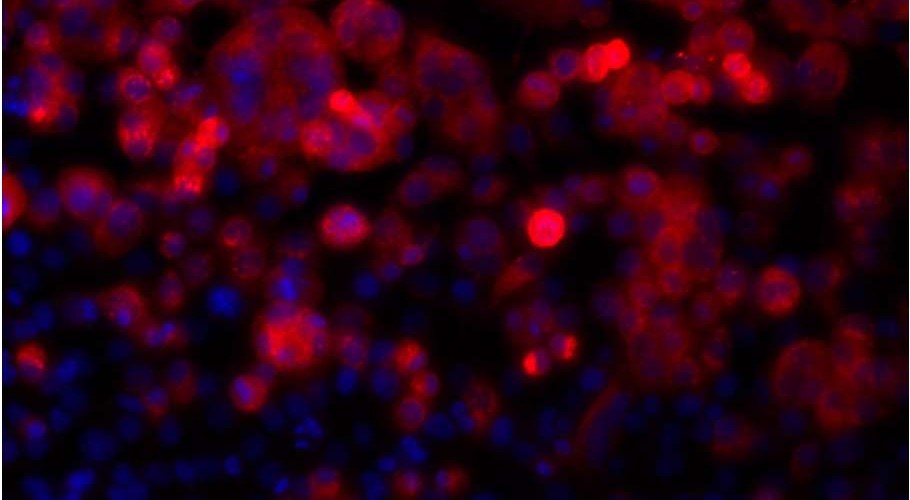04.29.15
EBSeq-HMM: A Bayesian approach for identifying gene-expression changes in ordered RNA-seq experiments
Ning Leng1,2, Yuan Li<sup)1, Brian E. Mcintosh2, Bao Kim Nguyen2, Bret Duffin2, Shulan Tian2, James A. Thomson2,3,4, Colin Dewey5, Ron Stewart2 and Christina Kendziorski5,*
– Author Affiliations
1Department of Statistics, University of Wisconsin, Madison, WI
2Regenerative Biology, Morgridge Institute for Research, Madison, WI
3Department of Cell and Regenerative Biology, University of Wisconsin School of Medicine and Public Health, Madison, WI
4Department of Molecular, Cellular, and Developmental Biology, University of California, Santa Barbara, CA
5Department of Biostatistics and Medical Informatics, University of Wisconsin, Madison, WI
*To whom correspondence should be addressed. Christina Kendziorski, E-mail: kendzior@biostat.wisc.edu
- Received October 14, 2014.
- Revision received February 23, 2015.
- Accepted March 30, 2015.
Abstract
Motivation: With improvements in next-generation sequencing technologies and reductions in price, ordered RNA-seq experiments are becoming common. Of primary interest in these experiments is identifying genes that are changing over time or space, for example, and then characterizing the specific expression changes. A number of robust statistical methods are available to identify genes showing differential expression among multiple conditions, but most assume conditions are exchangeable and thereby sacrifice power and precision when applied to ordered data.
Results: We propose an empirical Bayes mixture modeling approach called EBSeq-HMM. In EBSeq-HMM, an auto-regressive hidden Markov model is implemented to accommodate dependence in gene expression across ordered conditions. As demonstrated in simulation and case studies, the output proves useful in identifying differentially expressed genes and in specifying gene-specific expression paths. EBSeq-HMM may also be used for inference regarding isoform expression.
Availability: An R package containing examples and sample datasets is available at Bioconductor.
Contact: kendzior@biostat.wisc.edu
- © The Author(s) 2015. Published by Oxford University Press.
This is an Open Access article distributed under the terms of the Creative Commons Attribution Non-Commercial License (http://creativecommons.org/licenses/by-nc/4.0/), which permits non-commercial re-use, distribution, and reproduction in any medium, provided the original work is properly cited. For commercial re-use, please contact journals.permissions@oup.com




